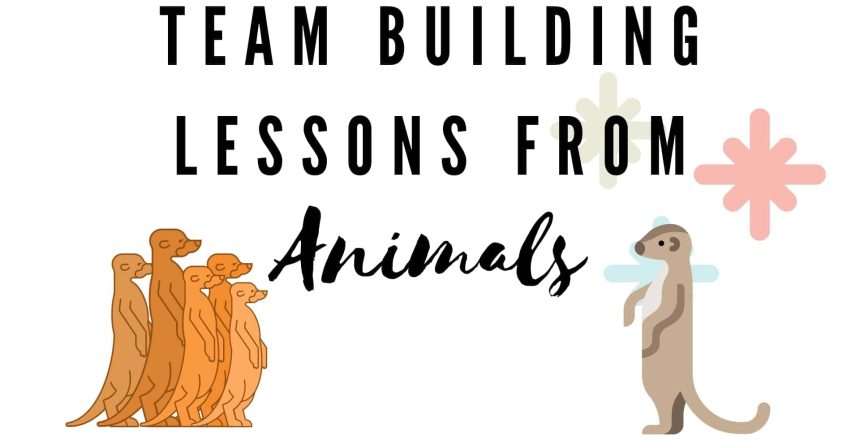Teamwork is an essential part of the workplace. From small to large businesses, it is the backbone of successful operation and productive environments. Most would say that mankind is more evolved because human cognitive abilities are much higher than that present in the animal kingdom. However, animals that work together have amazing organizational structures, behaviors, and traits to help them thrive in their habitats. This is crucial to help us learn what it means to work together as a team.
A Pride of Lions
Prides of lions are one of the leading examples of teamwork. They exhibit discipline, strategy and authority. Hunting and feeding time is one of the top priorities for a pride. Hunting zebras, buffalos and wildebeests is no easy feat; which requires a lot of the pride’s cooperation. Working together to take down their prey, lions give us key lessons we can implement into our workspaces. Often times, large projects and deadlines require dedicated teamwork from other members. These team members need each other’s contributions to handle challenging tasks. When each individual collaborates at 100%, it becomes easier to achieve big objectives.
A Pack of Wolves
Wolves are some of the best communicators in the animal kingdom. They have a highly evolved social structure with roles defined for each member of the pack. The utilize every channel of communication – from their fearsome how to miniscule eye movements. Researchers say that wolves are extremely observational and pay close attention to all types of subtle communication, within their pack and with the world around them. Communication modeled by wolves works wonders in teams as well – taking the time to understand each other well and communicating effectively. Asking clarifying questions, showing by example, etc is a great way to improve communication. If something feels “off” or a miscommunication occurs, it can be easily addressed and becomes less common in the future.
A Herd of Elephants
Elephants are one of the most intelligent species with incredible memory skills. Elephant groups are matriarchal, which means leadership is usually reserved for the oldest female elephant. When they are not being social, elephants can get into conflicts, especially when there is no leadership around. These matriarch elephants use memory and experience to guide and ensure the herd’s survival, including conflict resolution. They will use dominance and hierarchies to settle conflicts, for example, when fighting over scarce resources like food or elephants who are terrorizing villages. In the workplace, it is crucial to establish a scalar chain that can handle issues within the organization. For instance, if employees cannot reach an agreement, escalating issues to the next higher person on the chain helps resolve those problems. Additionally, having the right leadership in our organizations helps employees gain trust that they have an ally.



